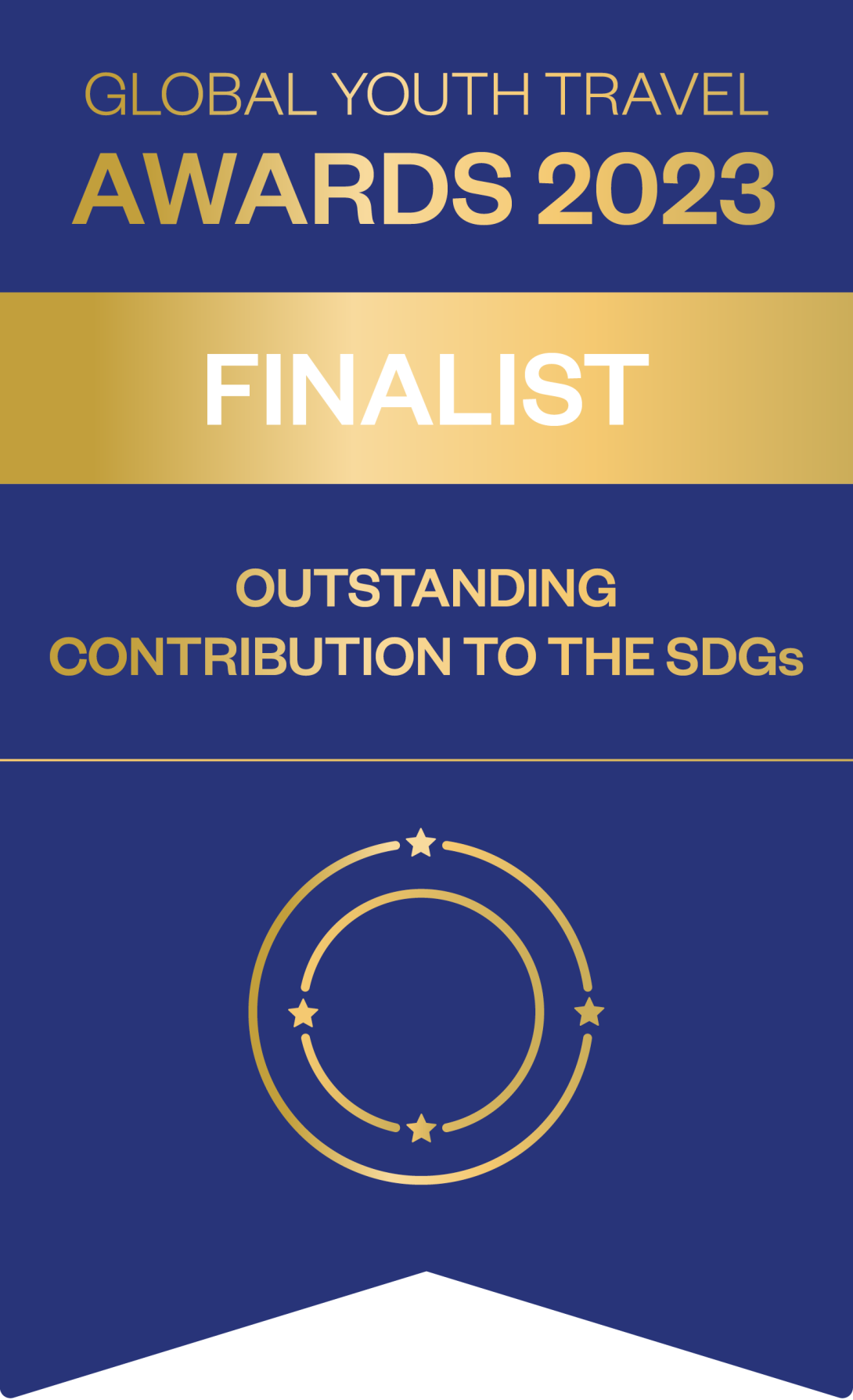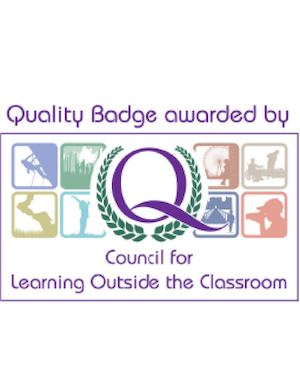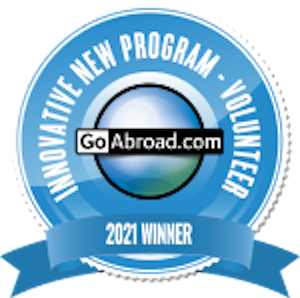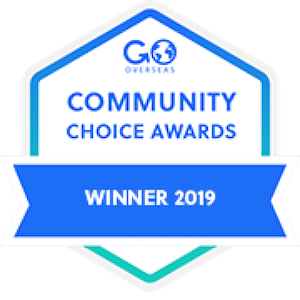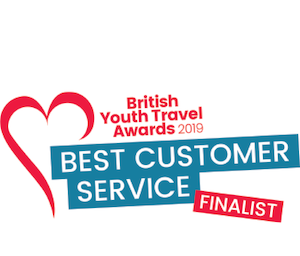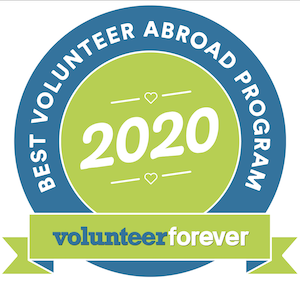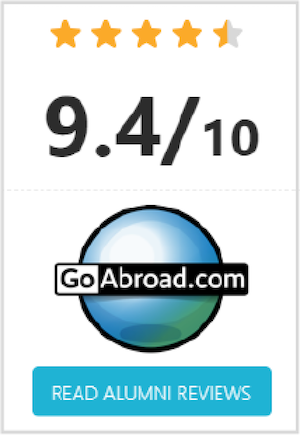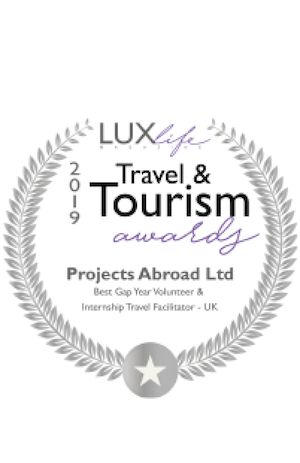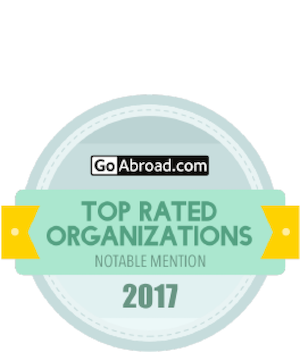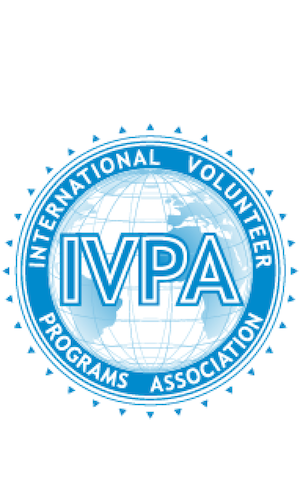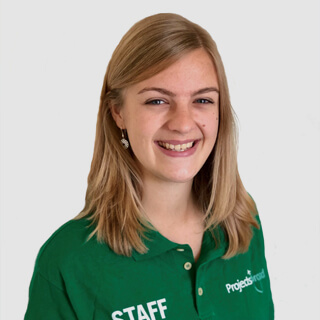My second year of nursing school had just wrapped up and I was searching for something meaningful to do with my summer, something that would also give me some great experience. I had never travelled outside of the United States before, so I was especially drawn to finding an opportunity to go abroad. Projects Abroad immediately stood out to me, having projects with everything I was interested in, and supporting me immensely as I bombarded them with questions and concerns prior to even being signed up for a trip. I applied, and within a week was booked for a seven week Nursing project in Nepal.
My plans were thrown in the air, however, when the devastating earthquake struck Kathmandu in April of 2015 (exactly one month before I was set to arrive). In the chaos that followed, Projects Abroad helped me work through many new options, including switching projects, going to a different country, postponing my trip, etc. In the end, I altered my plans to spend four weeks doing the Nursing project, and my remaining three weeks on the Disaster Relief project.
Arriving in Nepal
Upon my arrival in Kathmandu, I was met at the airport by a Projects Abroad representative who took me to spend my first night in a hotel. Early the next morning, a Projects Abroad staff member met me and helped me get from my hotel to the bus, then accompanied me on the six hour drive from Kathmandu to Bharatpur, where I would be living and working for the next month. Host families had not been sorted out yet since the earthquake, so I spent my first three weeks living in Hotel Global, a short 5-10 minute walk away from Chitwan Medical College and Teaching Hospital (CMC), where I would be working on weekdays.
I lived with another two volunteers, and the three of us and the other volunteers from other rooms would meet up in the hotel restaurant every night for dinner. Chitwan (and Nepal in general, this time of year) is hot. The temperature was probably the largest challenge I faced when getting accustomed to this country. The other volunteers and I were quite spoiled for the beginning of our trip, staying in hotel rooms complete with fans and air conditioning. These were luxuries we would have to learn to adapt to living without when we moved over to the host families.
Living with my host family
My last week in Bharatpur, we all moved out of the hotel and switched over to our host families. I was in a house with two other volunteers, though all of the volunteer houses were within a five minute walk of each other. The family I was staying with was wonderful, with a mother, father and three children. We spent much of our evening time in the house playing with the two youngest children, and our host mother would make us dinners and breakfasts every day.
It was great having family around to get to know and caring about you, how you’re feeling, etc. During my week in the host family, we also had the opportunity to wake up early (4am) and walk to a nearby temple for yoga and meditation with some of the locals. This was such a cool experience, getting to join the local Nepali people in their daily routine, and it was a really great way to get yourself going for the day (despite being dauntingly early). The host family houses were farther from CMC than Hotel Global was, but it was a simple, short tuk tuk ride away.
The Nursing project in Nepal
Each week, we would get to pick one of the many departments of CMC to spend the week observing in. During my four weeks there, I got to spend time in the operating theatre, emergency department, psychiatric ward, surgical ward and radiology department. As the week went on, in each new department, I got to know the doctors and nurses, which made the time spent there much more valuable.
If you are proactive and willing to put yourself out there and see and learn things, the doctors are great at showing and explaining what they’re doing and getting you involved (which can be difficult to do on your own, as almost all discussions and talking between patients and doctors is in Nepali). All charting on the patient records and such, however, is done in English, which makes following along and finding out what is happening much easier before you’re able to stop someone to ask.
Volunteering on the Disaster Relief project
My time in Kathmandu with Disaster Relief was a very different experience from my Nursing project. I spent my three weeks living in a guest house/host family with around 20 other volunteers. The house was crowded and there was constantly a line for the bathroom, but it was so much fun being with other volunteers and getting to know people from all over the world. We spent our nights playing cards, walking to a nearby coffee shop, going out for dinner, or just relaxing after the long day at work.
Each morning at 9am, our whole house would head out with our work boots and gloves to the main road, where a small cluster of vans would pick us (and volunteers from the other houses) up and bring us to the worksite. The project I was working on was rebuilding a local school that had been completely destroyed in the earthquake.
Once at the site, we would greet all of the school children (who were still in class in the half-built classrooms right alongside us as we worked) as they approached us with an eager “Namaste!”, then we set off to work. What we were doing depended on the day… mixing cement, building foundation and brick walls, painting, digging trenches, joining assembly lines for passing sand, bricks, and dirt, amongst other things.
And to top it all off, being monsoon season, the site was often covered in mucky, slippery mud, and the rains would often come down on us in the middle of our time there, adding more of a challenge to our work. By the end of the day, everyone is coated head to toe in mud and cement. Writing it out makes it all sound quite miserable, but throwing yourself into the work and getting dirty really makes the work more fun, and everyone is in the same boat, which makes it even better.
Leaving Nepal
All of the volunteers get a goodbye ceremony on their last day on site. The two heads of the school thank you and give you a token of their gratitude for the work you did there. It’s an amazingly rewarding moment, especially after having spent so much time with these people and their school. Standing there on my last day, looking around the site and comparing the school at that point to where it had been when I first arrived was such a cool moment. It’s amazing, seeing all of the progress that’s been made and how much work has been finished, even in just the three short weeks I was there.
After a long week of working hard, spending time on the weekends visiting the various tourist sites of Nepal with all of the other volunteers was a highlight of my trip. During my seven weeks, I got to experience so much on these weekend trips…from paragliding over the mountains in Pokhara, hiking through the jungle in Chitwan, biking around the world monasteries in Lumbini, exploring the temples and historical sites of Kathmandu, and so much more. It was truly amazing, getting to take your weekends to relax and see the country, especially since Nepal has so many wonderful places and things to see.
My seven weeks in Nepal were some of the best of my life. I learned so much, and it was so amazing getting to do so much for the Nepali people and community.
Are you interested in joining this project?
If so, one of our experts can help.
Contact Us on:
Dit verhaal is een persoonlijke ervaring van een vrijwilliger op dit project en dus een momentopname. Houd er rekening mee dat jouw ervaring hiervan af kan wijken. Onze projecten veranderen constant, omdat we inspelen op de lokale behoefte en we voortborduren op de behaalde resultaten. Ook verschillende weersomstandigheden kunnen de ervaring beïnvloeden. Lees meer over wat je kunt verwachten van dit project of neem contact met ons op voor meer informatie.
Onze partners


